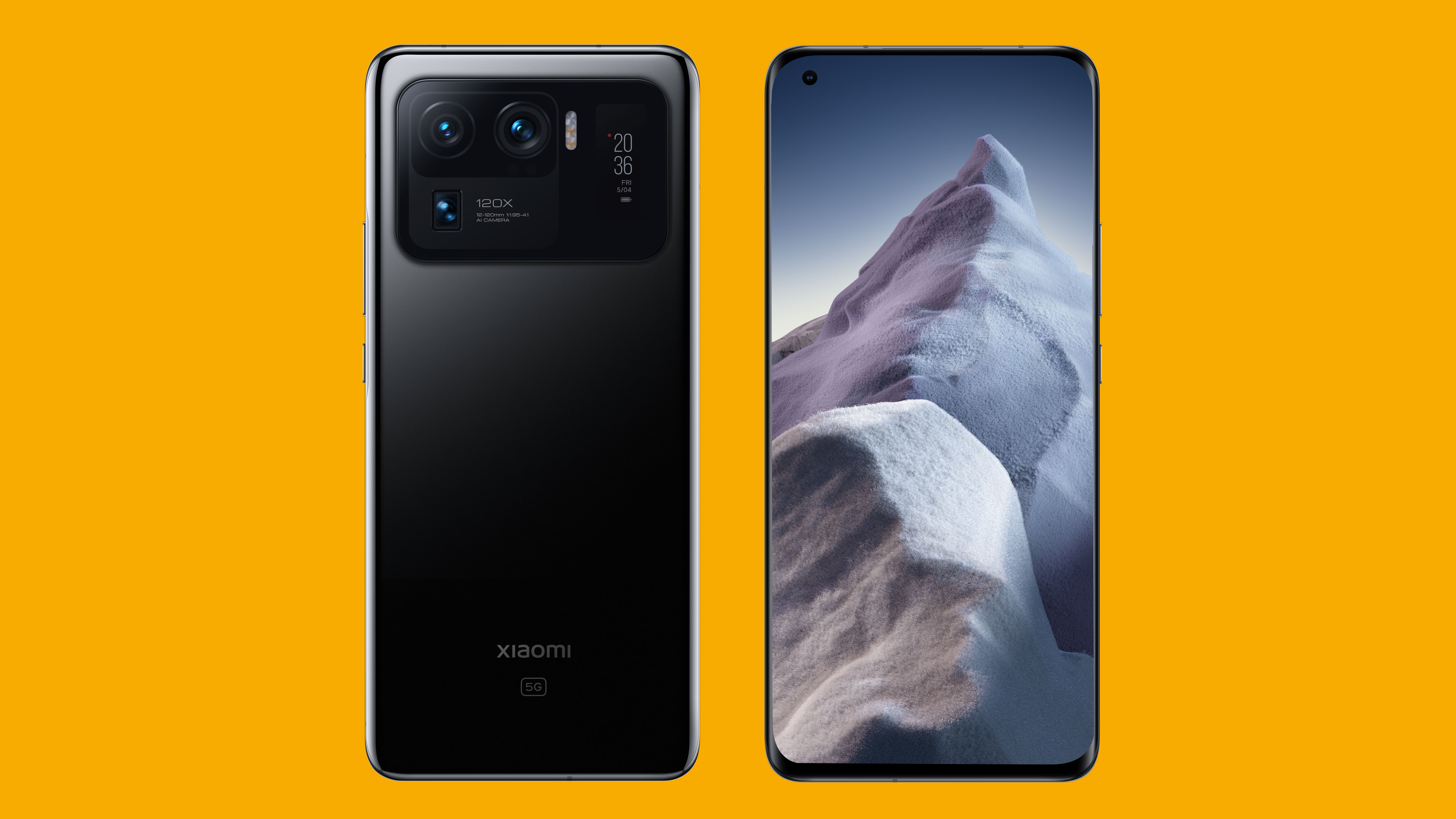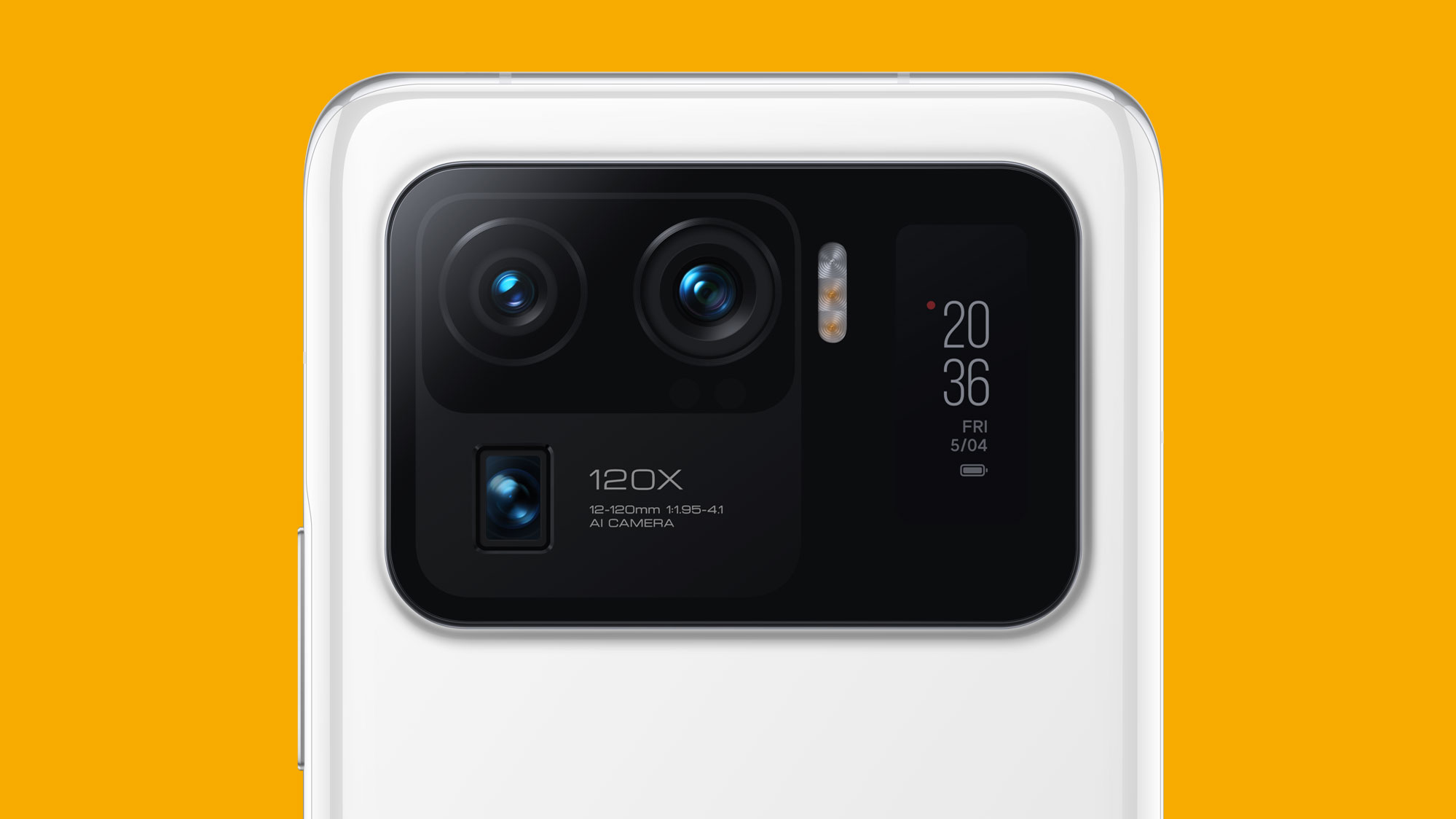With the Mi 11 Ultra, Xiaomi wants to play with the big boys and show the world that it can make one of the best smartphones , even in the ...
With the Mi 11 Ultra, Xiaomi wants to play with the big boys and show the world that it can make one of the best smartphones, even in the super-premium segment.
The Xiaomi Mi 11 Ultra aims to take on the Samsung Galaxy S21 Ultra and the OnePlus 9 Pro, with incredible specifications such as a giant 50MP camera, 120x zoom, a Dolby Vision display, 67W fast charging, a secondary display, larger battery and a lot more.
In 2020, Xiaomi announced its entry into the premium segment with the launch of the Mi 10 in India. With the Mi 11 Ultra, it will take things up a notch by offering a “co compromises” smartphone.
The Mi 11 Ultra will not be the only smartphone headed to India as Xiaomi is also expected to launch other members of the Mi 11 family in the near future – catering to the different price points.
Till we hear more about them, here’s everything we know about the Xiaomi Mi 11 Ultra in India.
Cut to the chase
- What is it? Xiaomi's most premium consumer phone
- When is it out? April 23, 2021
- How much will it cost? Around Rs 75,000
Xiaomi Mi 11 Ultra price in India and launch date

The Mi 11 Ultra is poised to be Xiaomi's most expensive smartphone to date, with the Indian price expected to be in the whereabouts of Rs 75,000. The price will be a little higher than in China as Mi will be importing these.
Xiaomi India has confirmed that the Mi 11 Ultra will be unveiled on April 23 in India. Amazon will be the sale partner. We could see other members of the Mi 11 family get launched on the same day.
Xiaomi Mi 11 Ultra design and display

The Xiaomi Mi 11 Ultra has a 6.81-inch AMOLED screen with a 3200 x 1440 resolution, 1700 nits max brightness, 120Hz refresh rate, 240Hz touch input rate and 20:9 aspect ratio. It seems the screen is the same as on the Mi 11, but with a higher max brightness and lower touch input rate.
But wait - there's a second screen! It's on the back, by the rear camera bump. This isn't a Nubia Z20 situation where there are two main displays though - this rear panel is a 1.1-inch AMOLED screen with 126 x 294 resolution and 450 nits max brightness.
It's used mainly for notifications and reminders when the phone is face-down, but can be used as a viewfinder for pictures too, if you want to use the main cameras to take a picture of yourself.
The phone is pretty big, with dimensions of 164.3 x 74.6 x 8.38mm and a weight of 234g - the biggest part is the rear camera bump though, which sticks out loads. The handset has IP68 protection and comes in black or white versions.
There's a USB-C port here but no 3.5mm headphone jack, as well as an IR blaster which most Xiaomi phones have.
Xiaomi Mi 11 Ultra cameras and battery life

There's a hearty 166MP worth of cameras here, though unlike on most premium Xiaomi handsets, there's no 108MP main camera here.
On the back we've got a 50MP f/1.12 main camera, 48MP f/2.2 ultra-wide camera with 128-degree field-of-view, and 48MP telephoto camera for 5x digital, 10x optical and 120x digital zoom. That's a high-res triple threat that should take great pictures.
There's also a 20MP selfie camera on the front. What's the point of having a front camera, if the rear display means you can use those super-cameras for selfies too? We've no idea.
Xiaomi says there's 8K video recording here on both the main and telephoto lenses - so perhaps zoom shooting is a thing here. There could be more fun photography modes too, as Xiaomi typically introduces new ones on its handsets.
The battery is 5,000mAh, which is pretty big, but is likely necessary for that huge, high-res display. It charges at 67W wired or wireless charging, and that's the fastest wireless powering we've seen on a smartphone, beating a few that have 50W.
There's also 10W reverse wireless charging, so you can use the Xiaomi Mi 11 Ultra as a wireless powering mat to charge up other devices.
Xiaomi Mi 11 Ultra performance and software
The Xiaomi Mi 11 Ultra uses the top-power Qualcomm Snapdragon 888 chipset as well as 12GB RAM, so it should be really powerful - but we'll need to test it to be sure.
The phone has dual speakers tuned by Harman Kardon, like the Mi 11, which should make it sound good for games, streaming and playing music out loud, if its audio performance matches the vanilla phone.
In terms of software, Xiaomi puts its MIUI Android 'fork' over stock Android, which brings a few function changes to the standard Android playbook.
This is also a 5G phone, so you'll be able to connect to the next-gen data network whenever it rolls out where you live.
from TechRadar - All the latest technology news https://ift.tt/3fTknh4
via IFTTT








COMMENTS